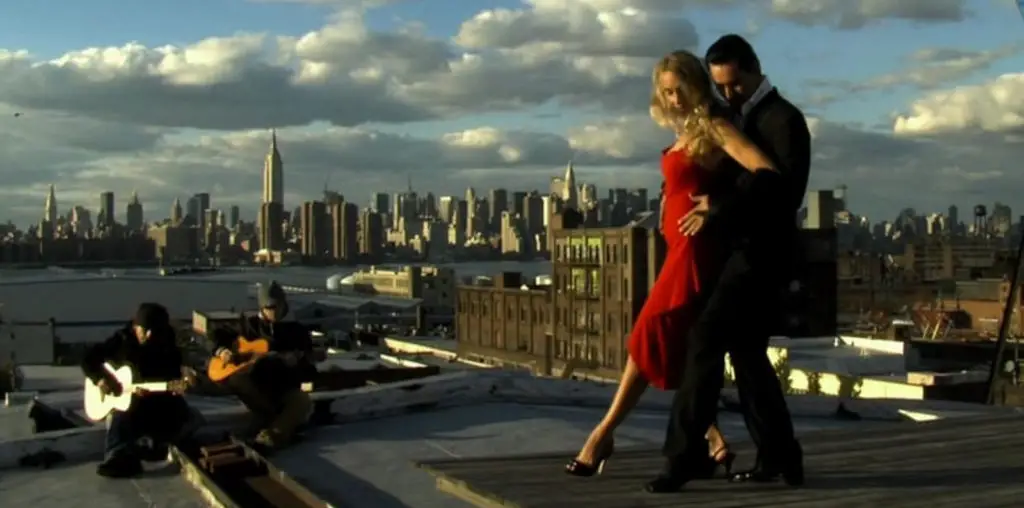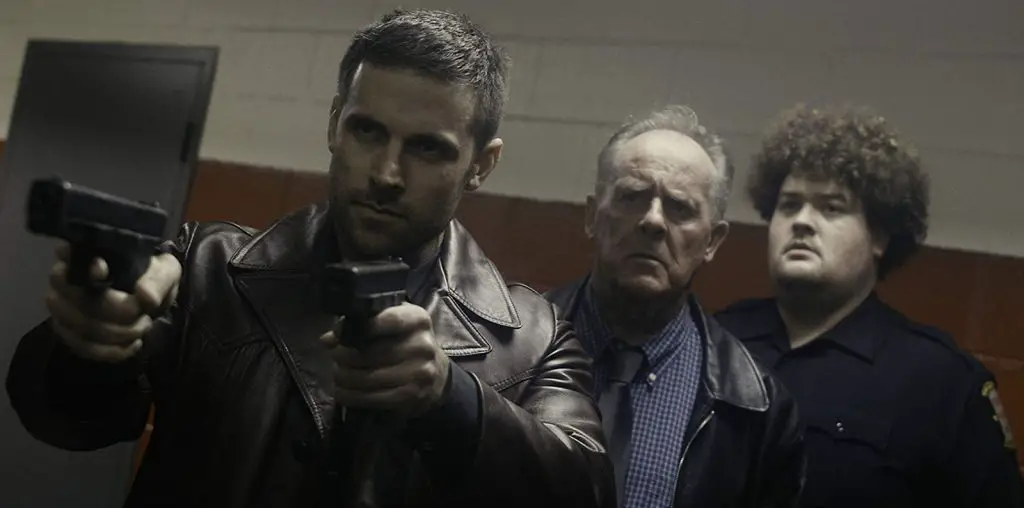
Once in a great while, a film comes along that is so moving and soul-stirring, so emotionally powerful, so filled with the magic of what makes cinema a living art, that you want to run from the theatre, grab the first stranger you meet by the lapels and yell at them like a deranged Christopher Lloyd “MARTY! You have to come and see this movie with me right now!”
This is one of those movies.
“Inside Hana’s Suitcase,” based on the CBC radio documentary, then book, then stage play, is about the Holocaust, and yes you will tear up if not outright sob at some point. Yet it is neither “Schindler’s List” nor “The Diary of Anne Frank,” neither relentlessly educational nor depressingly triumphant, and a film that charts its own way in a manner that is both historical and modern. For example, how many Holocaust movies have much of their action set in Japan?
Hana Brady, a Czechoslovakian Jew living in a small village, was 13 when she died in Auschwitz, but her suitcase found its way to a Holocaust Resource Center in Toyko, a place where engaging children to learn the lessons of the past is much harder than it is in the west (the Japanese as a culture do not like to dwell on the war years and their role in them). A group of curious students and their teacher, Fumiko Ishioka, research the life of Hana and her family, and through them (and children of various nationalities who serve as narrators, an extremely clever idea) we learn a great deal about the family as identifiable, real people. Weinstein’s visual storytelling and the children’s narration cross the 70-year divide and unite the generations superbly.
Eventually Ishioka discovers that Hana’s brother George survived the war and now lives in Canada. He and some of Hana’s surviving friends and relations take up the story, filling in the heartbreaking details of the slow loss of their entire family and the isolation from their friends. George Brady draws considerable strength from the interest of the Japanese children, and opens up his scrapbooks and his heart to them to complete Hana’s remarkable story. By this time, Hana is both a real person and a metaphor for the many less-sung who died at those camps.
The filmmaking achieves stunningly high quality on a very modest budget ($1.4M), seamlessly blending expertly-directed recreations, special effects, beautiful model photography, family photos, stirring music and small but judiciously-applied amounts of stock footage from WWII to augment the remarkable interviews and visits to the locations where it all took place. The performances of the re-creators and the attention to period detail adds a vividly visual dimension rarely achieved in historical documentaries, most of which are content to rely mainly on oral history and panned photographs.
“Inside Hana’s Suitcase” travels the world (literally as well as metaphorically) and achieves its aim of imprinting her tragic story and the horrors of war and hatred in our memories. This is truly a film you will never forget.

